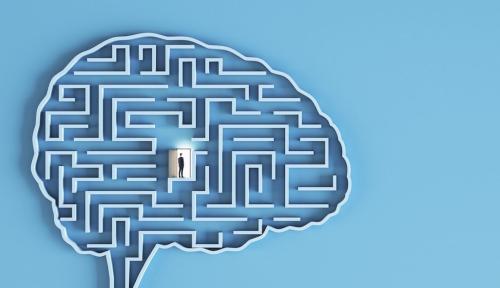Individually, nearly everyone hopes to live a long and productive life, and as a society we are happily moving toward that. Yet for many years, the prevailing demographic wisdom held that an aging population brought with it nothing but economic decline. Luckily, however, that pessimism now appears to be losing some ground.
The longstanding view assumed aging populations led to increased dependency rates and reduced productivity, but this doesn’t have to occur. The more recent and optimistic approach to aging describes the possibility of less onerous investment rates for societies with lower population growth—the so called second demographic dividend—and even highlights a potential third demographic dividend when accounting for the fact that people live longer, but also work to older ages. It is not inevitable that the skills of the aging have to deteriorate; they may instead shift.
Of course, there will still be winners and losers from the process of aging. There is a risk that inequality will increase in older societies. Income inequality within groups of older individuals is greater than within groups of younger ones, and as societies age, overall inequality may rise – driven by three important mechanisms.
- Old age can exacerbate disadvantages from the early years. Skill premiums, for example, rise with age. A combination of education and experience makes people more productive, or at least makes it possible for them to be promoted into positions with higher salaries. But experience alone has little impact on the wages of unskilled workers. In Romania, for example, 25 to 29 year old tertiary education graduates earn on average 50 percent more than their lower-skilled counterparts. At ages 50 to 64, the difference is expected to rise by another 20 to 25 percentage points. These widening gaps are found in all countries where it is possible to follow groups of individuals as they age.
- People gradually accumulate wealth over time. In Russia, for example, incomes for older skilled workers may be 1.5 times that of unskilled workers, while assets accumulated closer to retirement age can be almost three times larger. This has two important implications: high inequality in incomes derived from accumulated wealth during retirement and, through inheritance, the transmission of inequality across generations. Could aging societies therefore see a decline in the size of their middle class?
- Participation in the labor market is the third mechanism that can augment inequality. We know that unskilled people drop out of the labor market more frequently, and at younger ages. What is particularly worrisome is that declining health is a major reason for lower participation. Around the world, mortality rates are inversely correlated with education and income, but the disparity in mortality rates is especially large in Europe and Central Asia. In Central Europe, the Eastern Partnership, and Russia, life expectancy at age 50 for males with tertiary education is around 10 years higher than for males without upper-secondary education. By comparison, that difference is about 6 years in the United States. They are not only dying at a younger age, but people with lower education and income are also less healthy in their final years, which indicates that higher health care costs could drive many people into impoverishment.
So, what can we do about this? Our new report, “Golden Aging : Prospects for Healthy, Active, and Prosperous Aging in Europe and Central Asia,” explores these demographic trends in greater detail but also offers some policy options as to how to counteract some of the resulting negative impacts and best take advantage of the possible economic benefits of aging.
In the shorter term, social protection systems could be reinforced and accompany much-needed reforms. If well targeted, these safety nets would not be very costly. For example, to provide a basic benefit that keeps all elderly (aged 65 and above) from falling into poverty, the cost would be less than 5 percent of GDP in most countries in Europe and Central Asia.
In the longer run, the solution lies in providing better education for everybody. Old age poverty and inequality are rooted in inadequate learning early in life. Around the world, educational attainment strongly correlates with health status, earning capacity, and wealth accumulation later in life.
One particularly strong finding of our report is that a successful set of policies for an aging society should not only focus on old people – it should be a comprehensive package with interventions across the whole life cycle. Investments in early childhood development can have a tremendous impact on the brain capacity and health status at old age. Providing low-skilled workers with educational opportunities to upgrade their skills throughout their working lives would help address the wage gap between low- and high-skilled workers, which is large and increasing with age.
Rather than resist demographic change, aging should be seen instead as an achievement. Institutions can be changed to embrace this new demographic reality. It will require creativity, but it can be done!



Commentary
Can aging be good for societies as well as individuals?
June 17, 2015